The most difficult item Doug parted with when we downsized to the RV was his 1946 Bellanca Cruise Air airplane. He bought it in 2000 for less than my Acura and lovingly cared for it for 20 years. Owning a plane is like owning a boat – it requires constant maintenance. Owning a vintage plane (fabric covered steel fuselage and wooden wings) is next level because it is difficult to find replacement parts. Sometimes he’d have to have them custom made. Doug could easily spend whole days at the hanger – sometimes working on the plane and sometimes just shooting the breeze with other pilots. For that reason, I nicknamed the Bellanca the “slutty redhead” and teased that he was spending too much time with her. We had some wonderful trips in that plane, but it didn’t make sense for us to pay hanger fees and leave her sitting idle when we decided to go full-time, so we sold her. I highly recommend asking Doug about that process which, in and of itself, was a real adventure!
I mention this because Doug got his pilot’s license before he had a driver’s license. Being a pilot is just part of his core and I hope that at some point (when we settle down again), he’ll return to flying. In the meantime, we’ve enjoyed visiting places that have exhibits on the history of flight. Everyone’s heard of the Wright Brothers, but like any technological advancement it was eye-opening to learn the detailed history, not only about what the brother’s accomplished but about their feud with Glenn Curtiss as Curtiss advanced the technology and the involvement of other great inventors such as Alexander Graham Bell (linked post here to learn more about Curtiss).
The original Wright Flyer is on display in DC at their Smithsonian National Air and Space Museum, which we had just visited (post here), but the Wright Brothers National Memorial in Kitty Hawk, North Carolina has a full replica as well.
The visitor center at this memorial, unlike some of the others, provides some interesting background on the Wright family and their focus isn’t just the first powered flight but all of the experimentation the Wrights had to do prior to the first flight. They had to work out the ideal airfoil shape for lift, an engine for power, and a control system to balance and steer. Since the Wrights were cyclists and bike mechanics, they tackled control first. Using what they knew of cycling they used the idea of leaning their bodies to control the gliders. They made roughly 1000 glider flights to test different rudders and “wing warping” controls. This required them to physically haul each glider up a long hill using man power (themselves and local volunteers) and a rail like track. Then they’d shove the glider down the track to take flight. Today, at the top of the hill they used, an impressively large monument stands, dedicated to the Wrights. Down below there are stone markers that have been placed at the distances of each of their historic powered flights made on December 17, 1903. Later they even built a facility to train both civilian and military pilots.
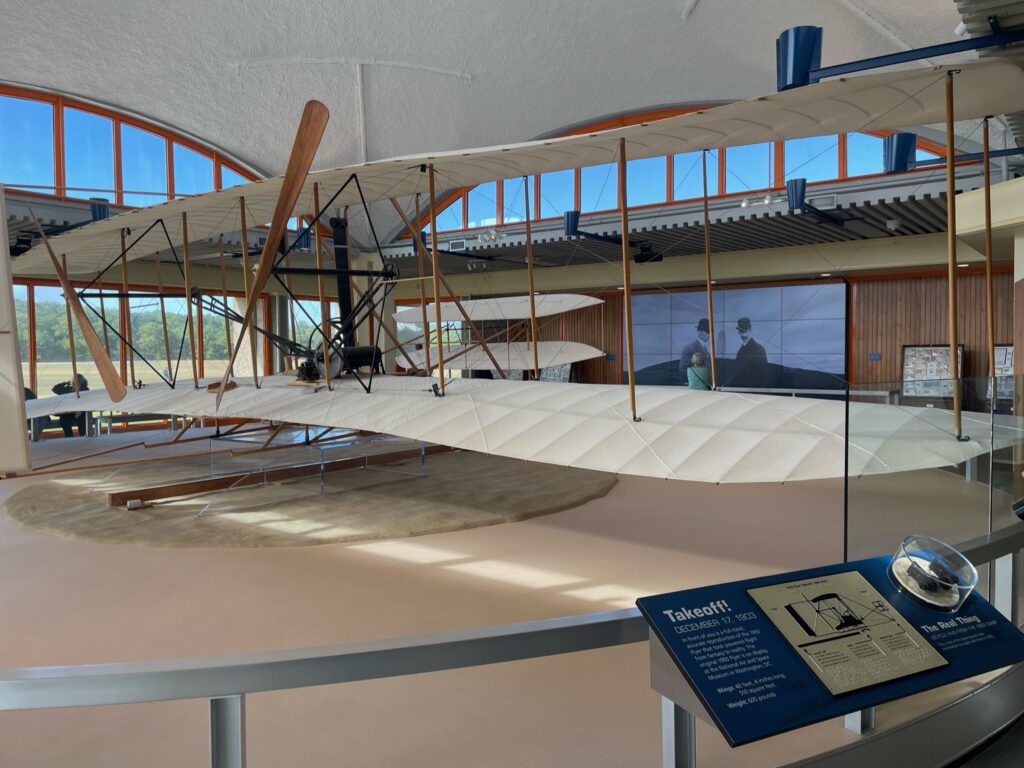
Wright Flyer Reproduction
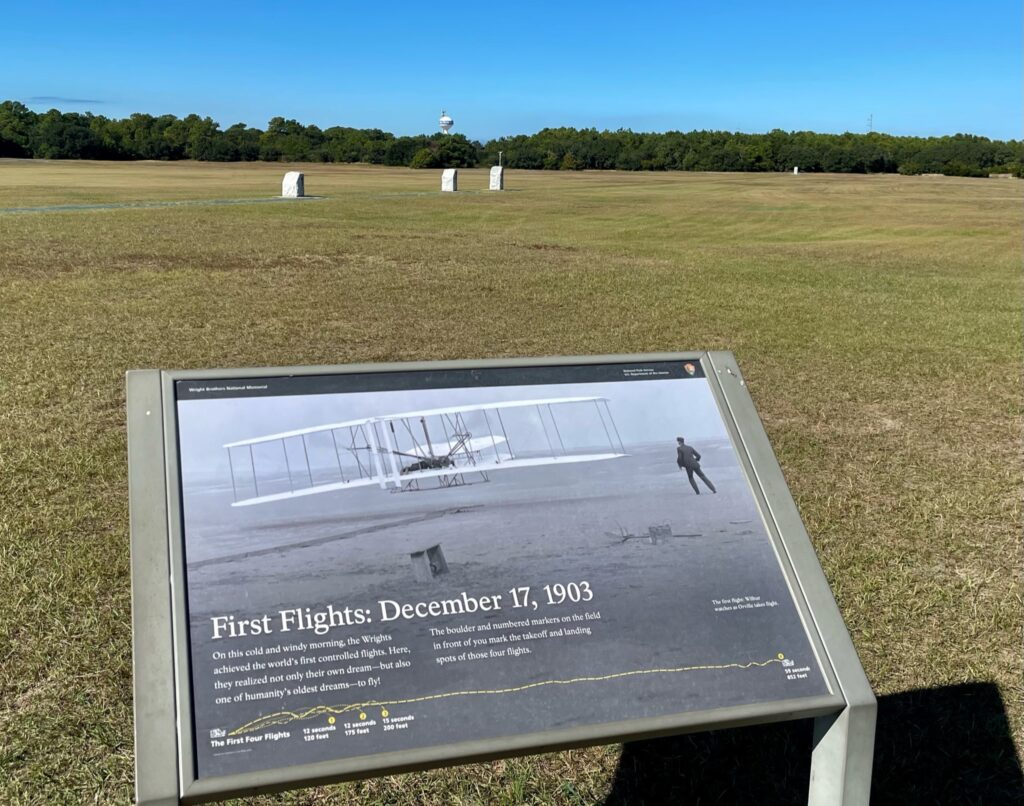
Markers of flight 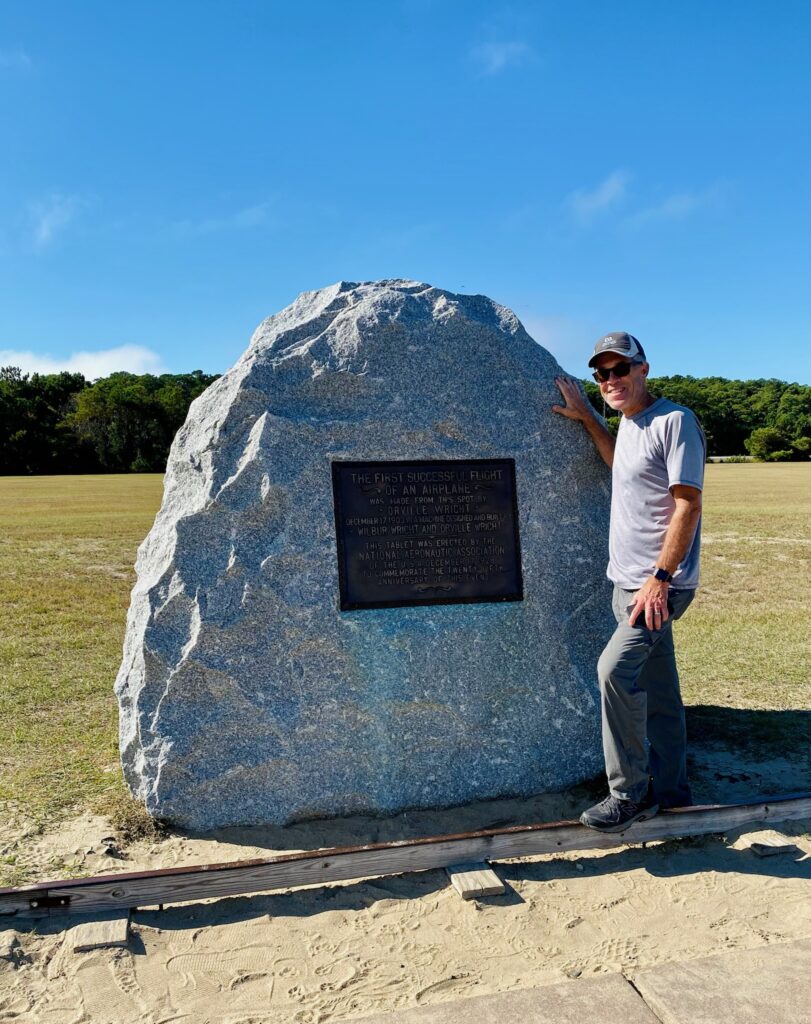
We camped just south of Kitty Hawk at Nags Head and went to the Cape Hatteras National Seashore to see the Bodie Island Lighthouse the next morning before beginning our move inland.
Whether you’re a pilot or not, we owe a great deal to these early inventors and daredevils. To learn firsthand about the history of aviation, head to Kitty Hawk to experience it for yourself. To read more about that era and the subsequent conflicts with Glenn Curtiss, Doug recommends the book “Birdmen: The Wright Brothers, Glenn Curtiss, and the Battle to Control the Skies” by Lawrence Goldstone.

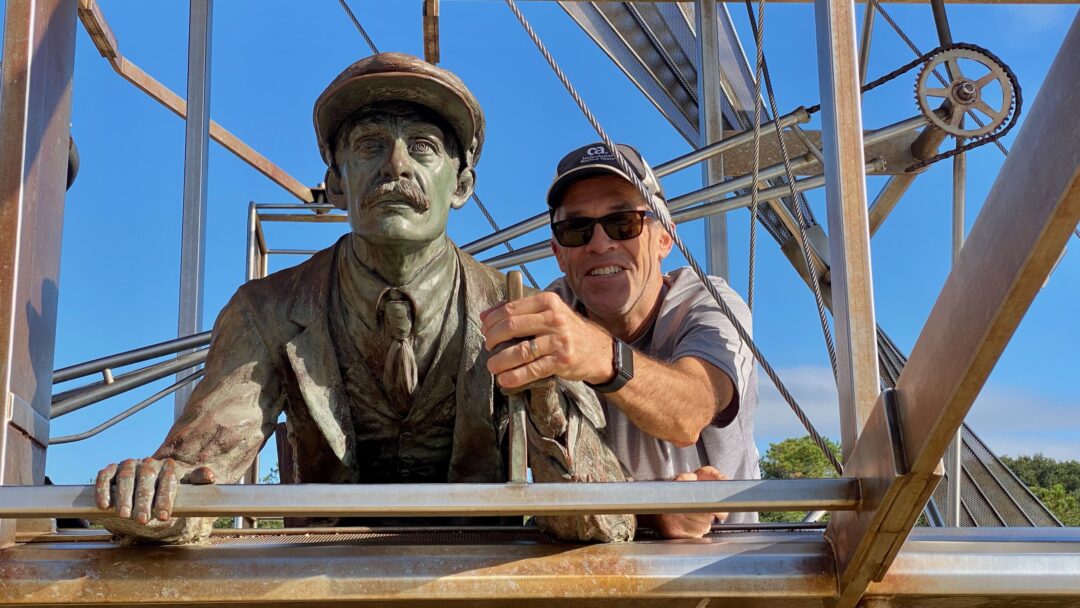
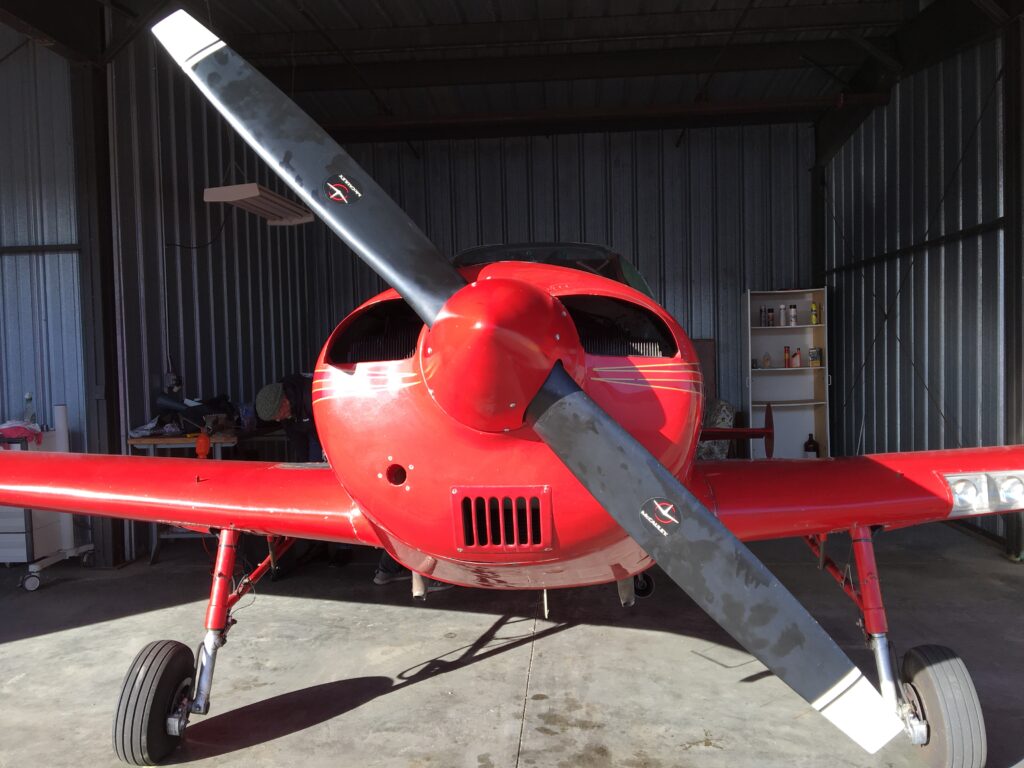
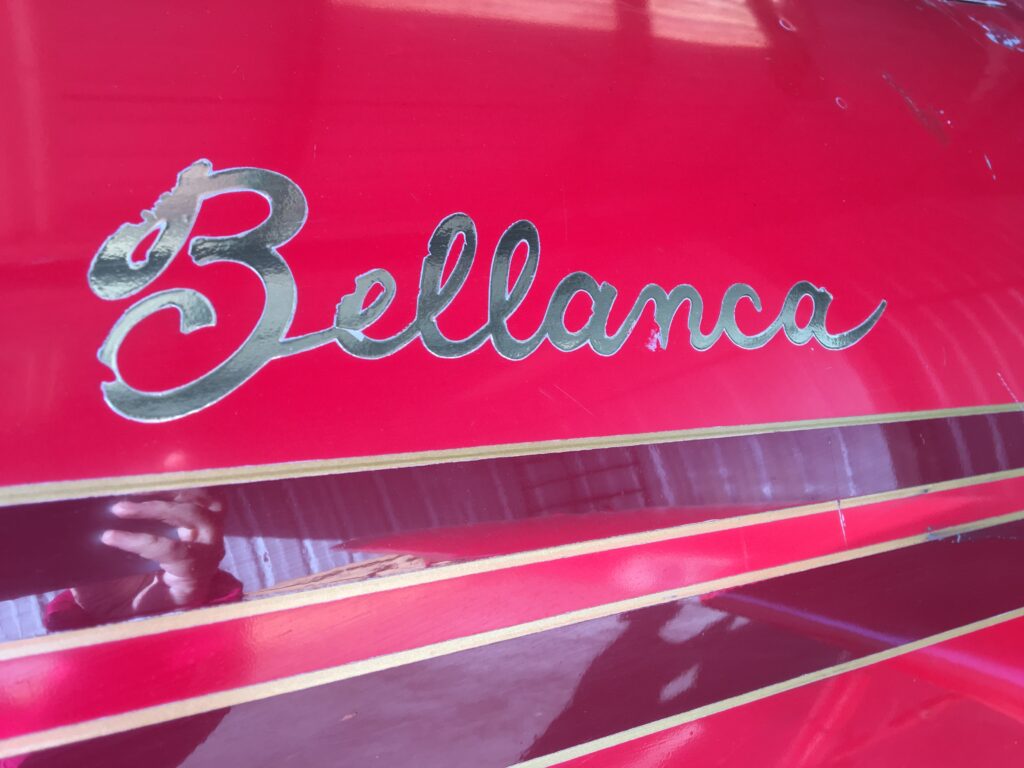
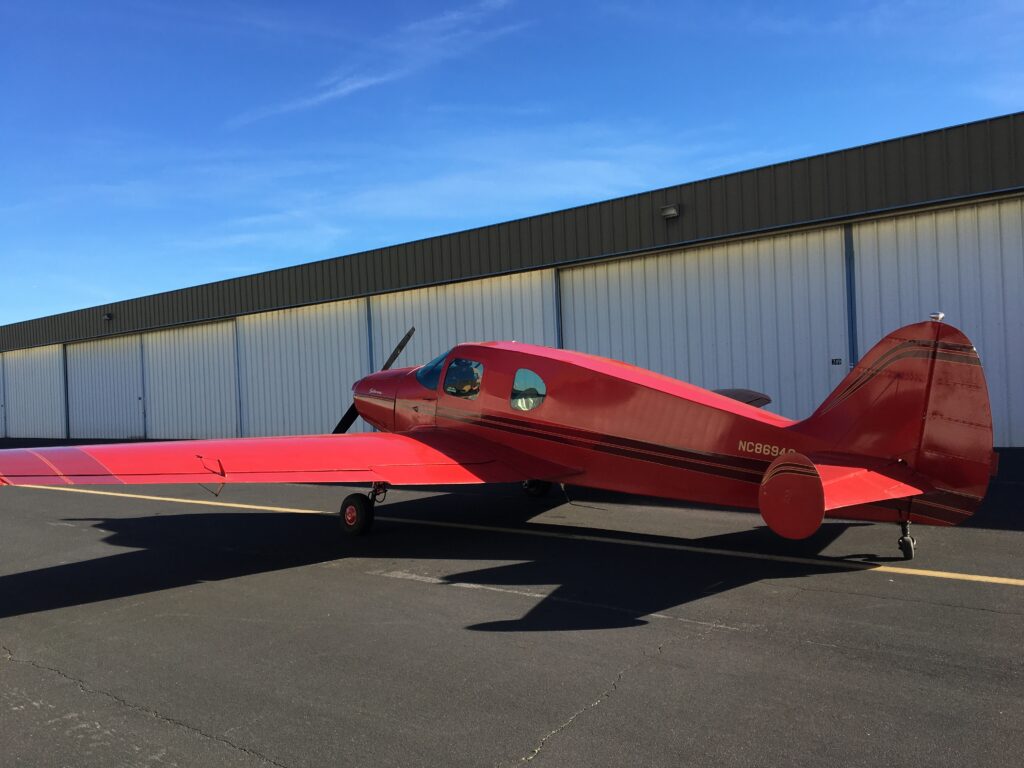
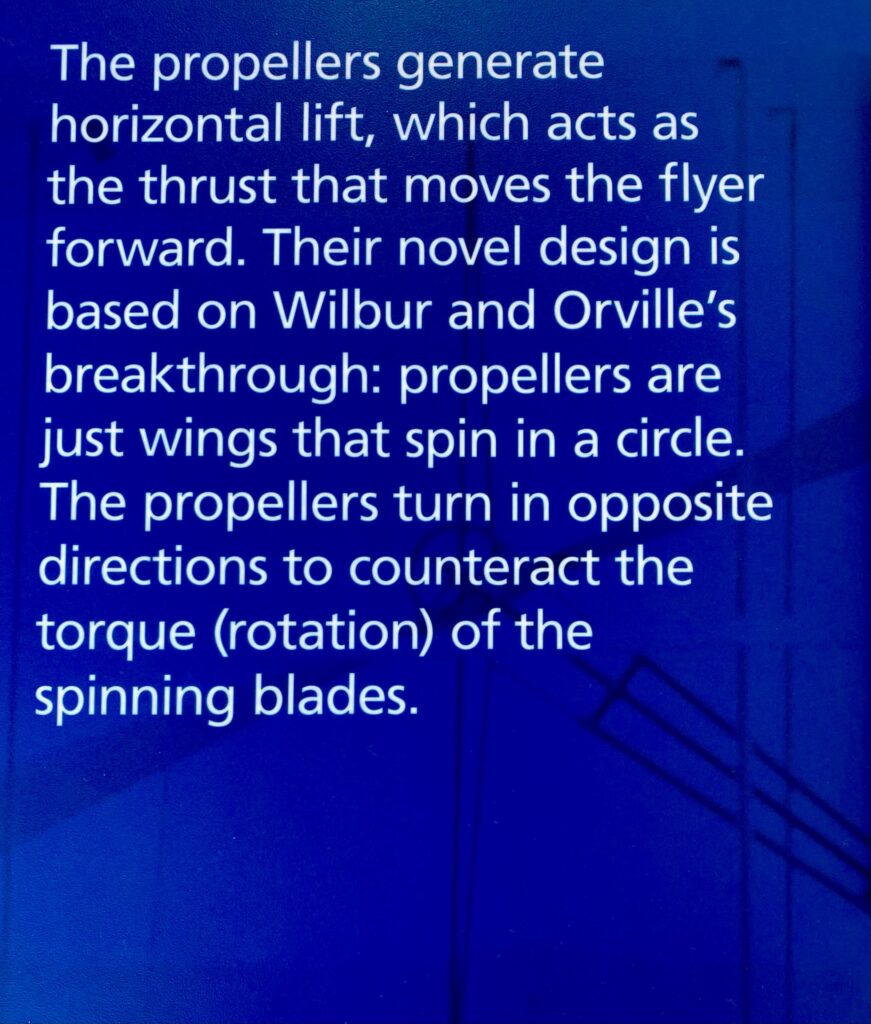
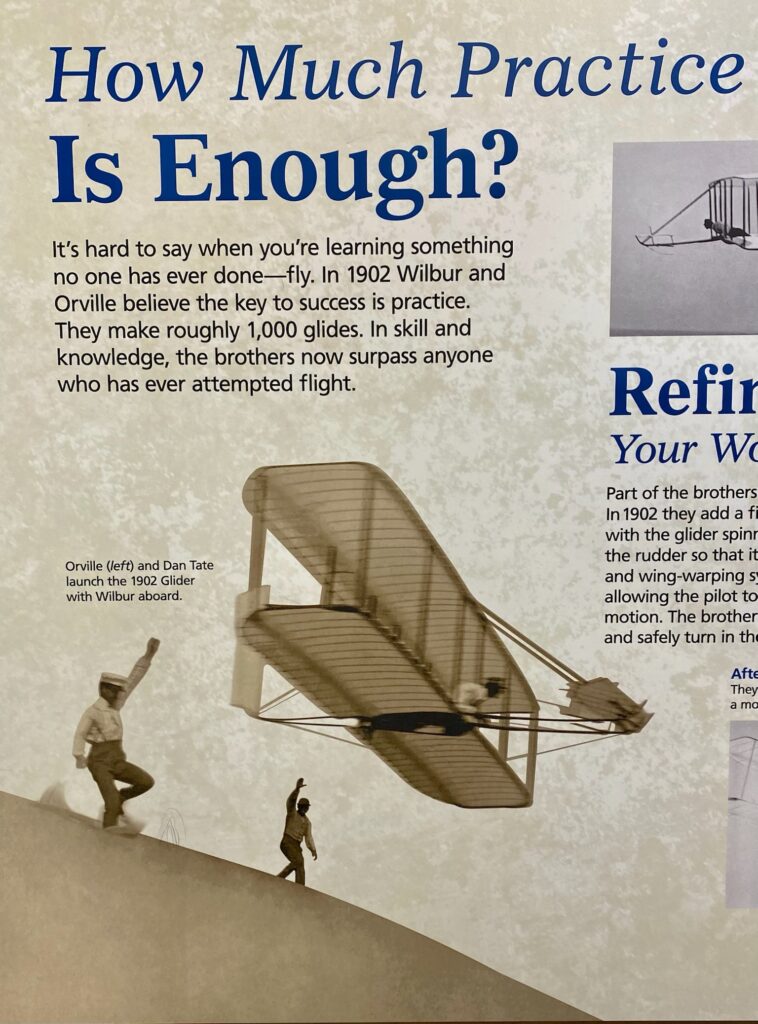
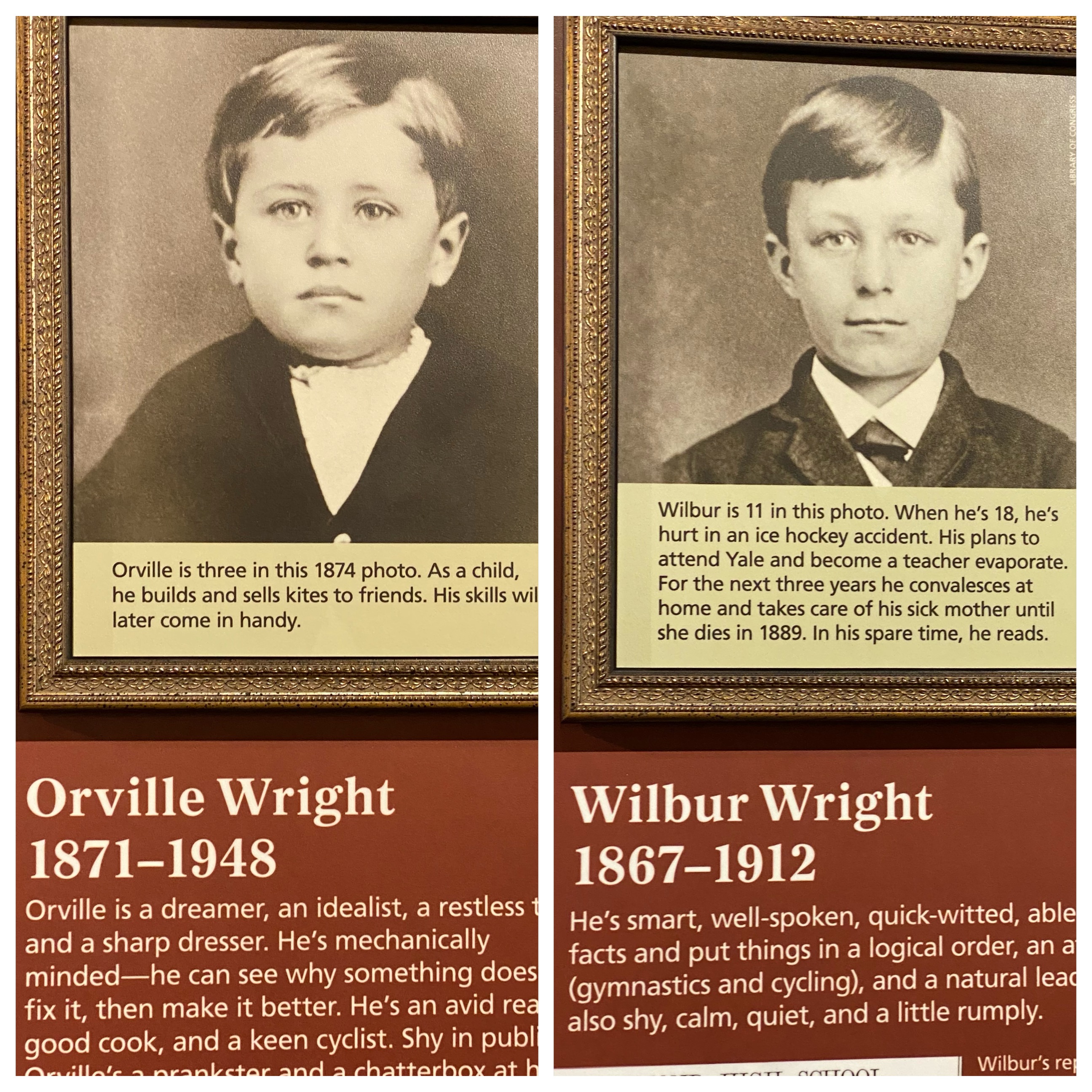
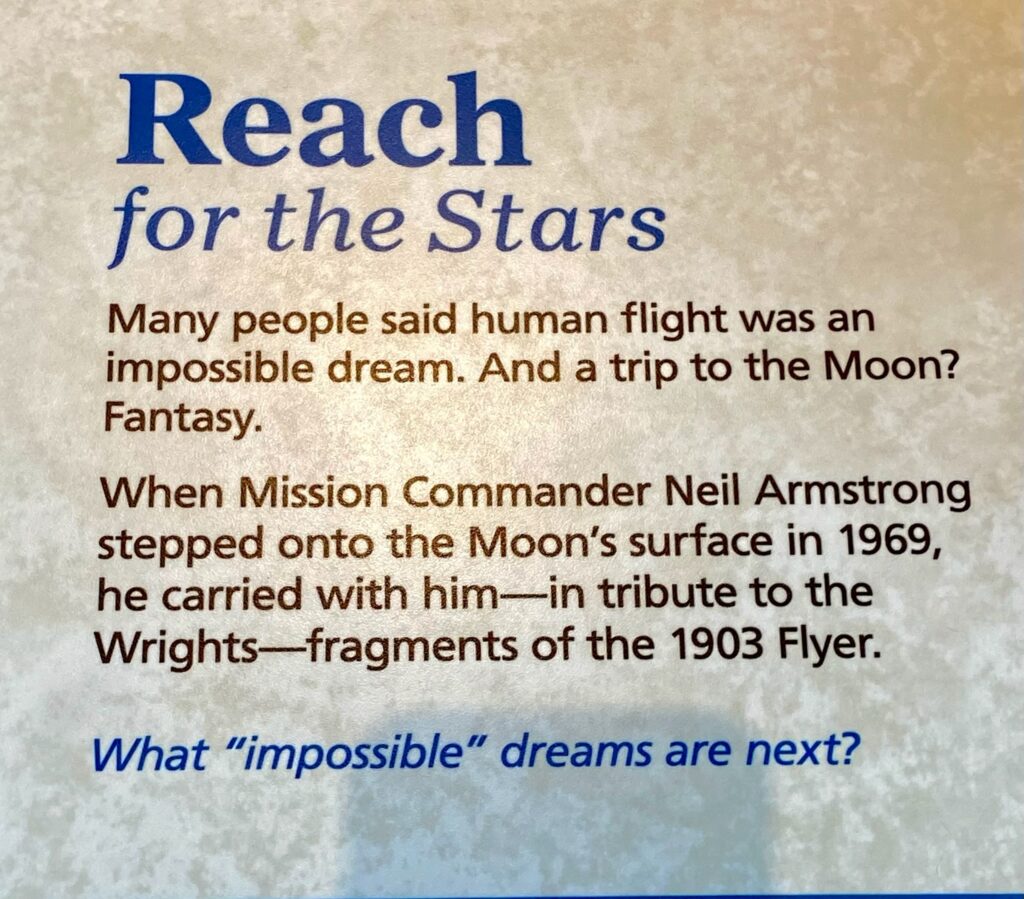
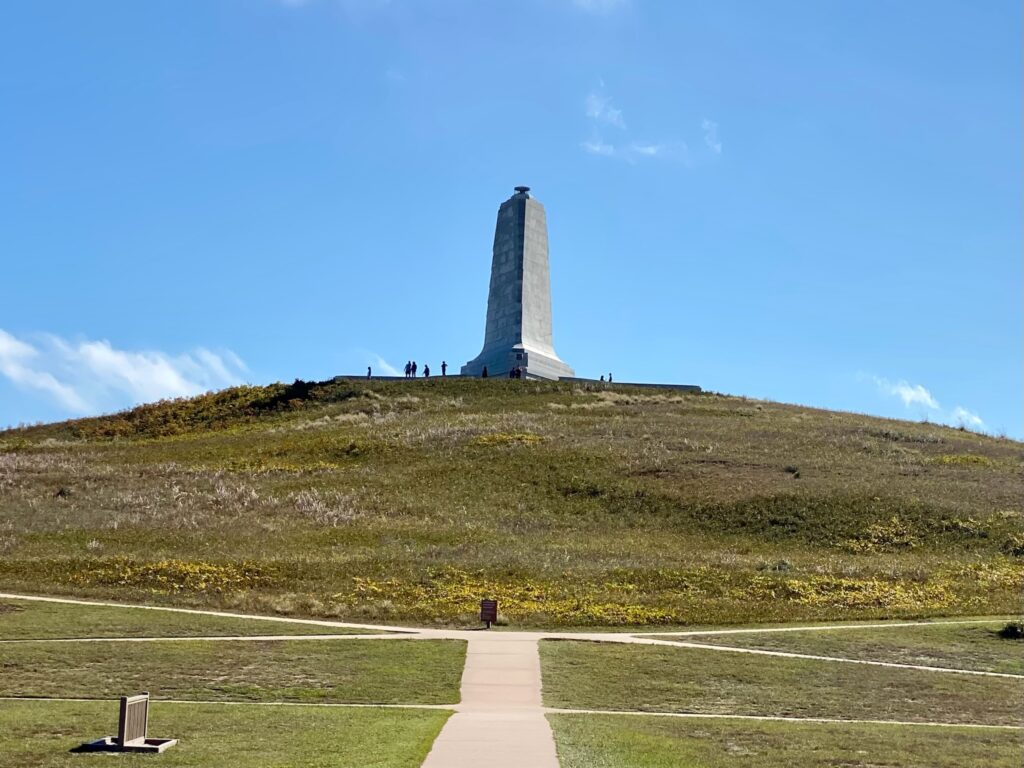
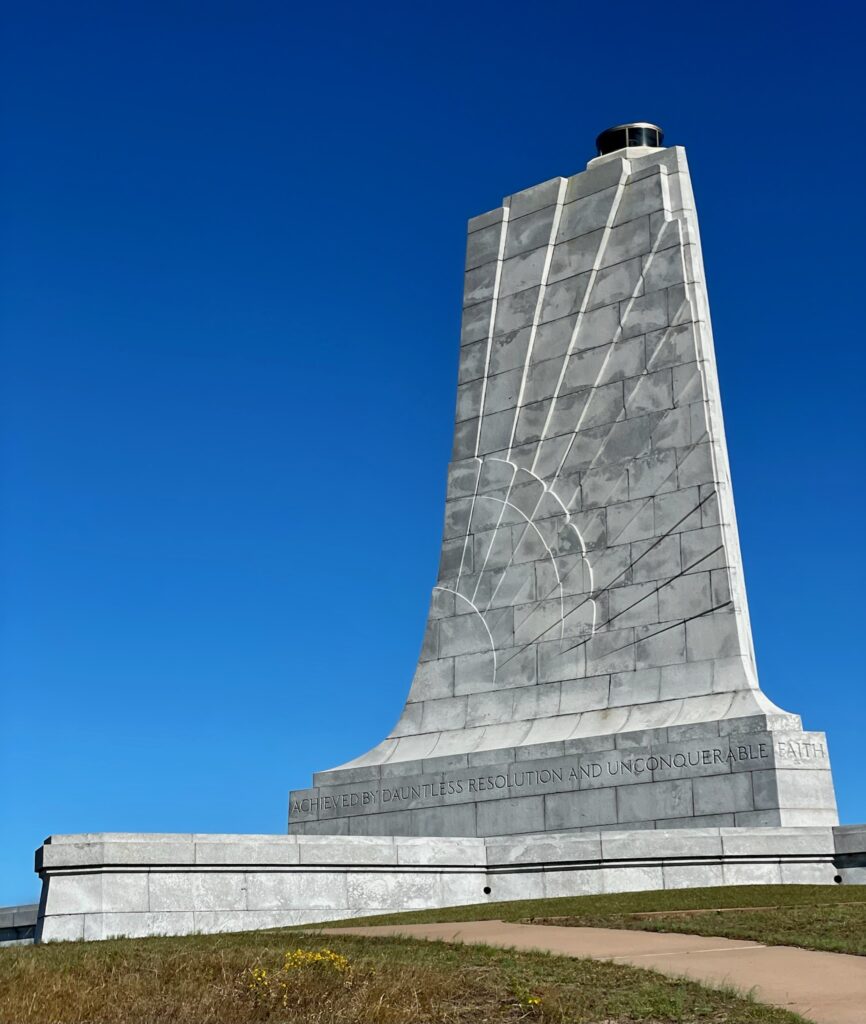
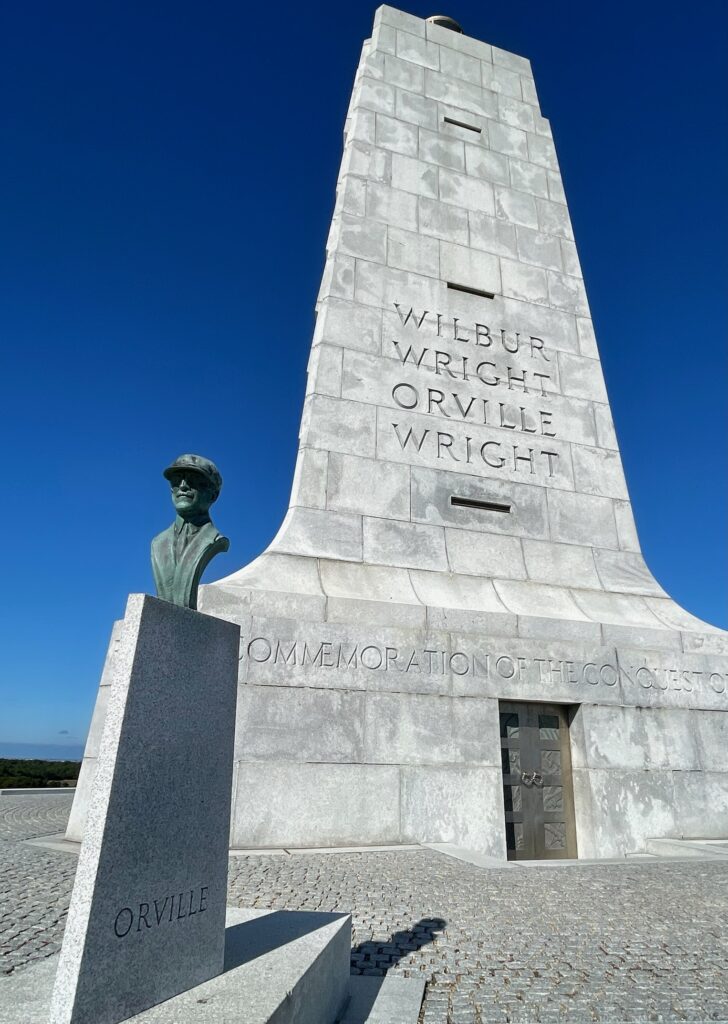
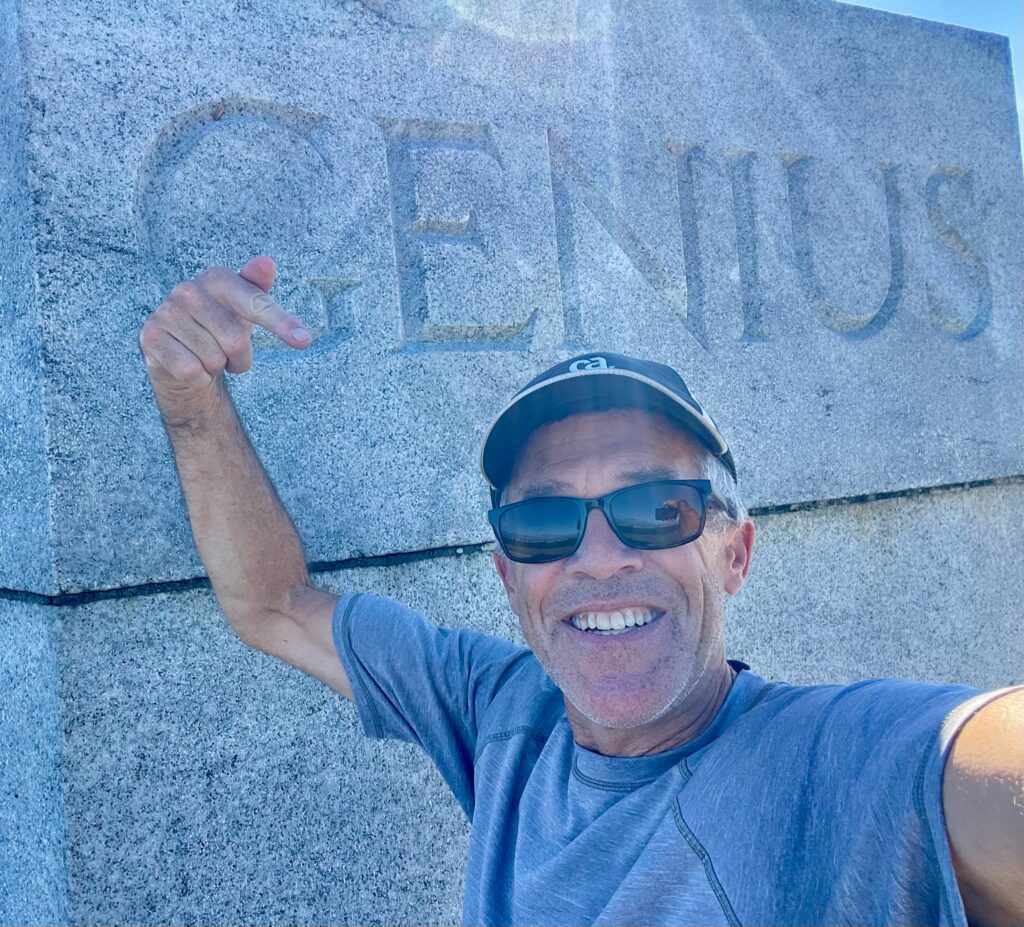
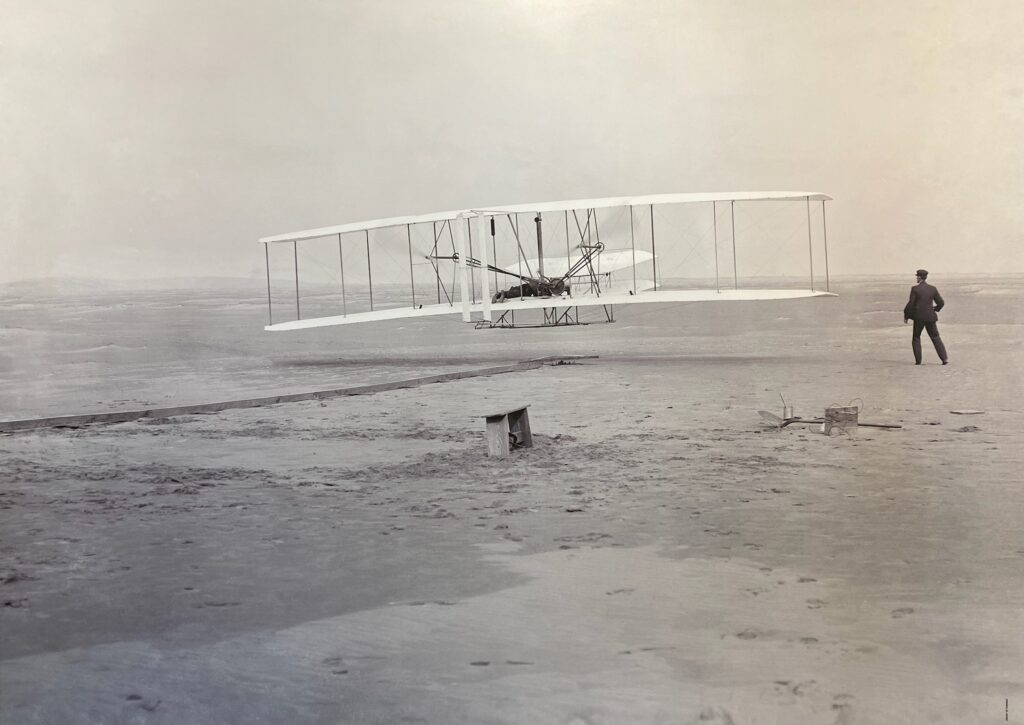
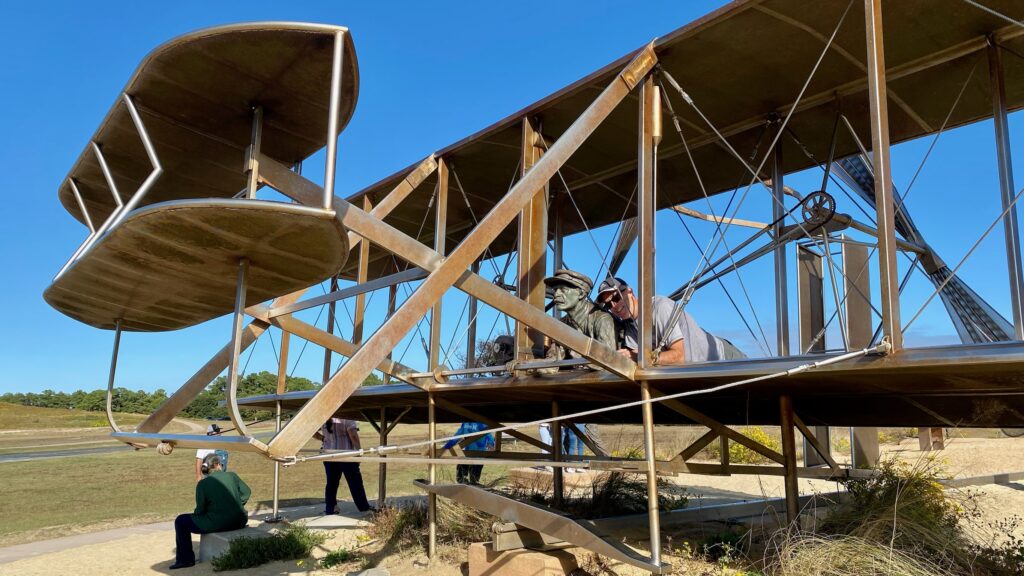
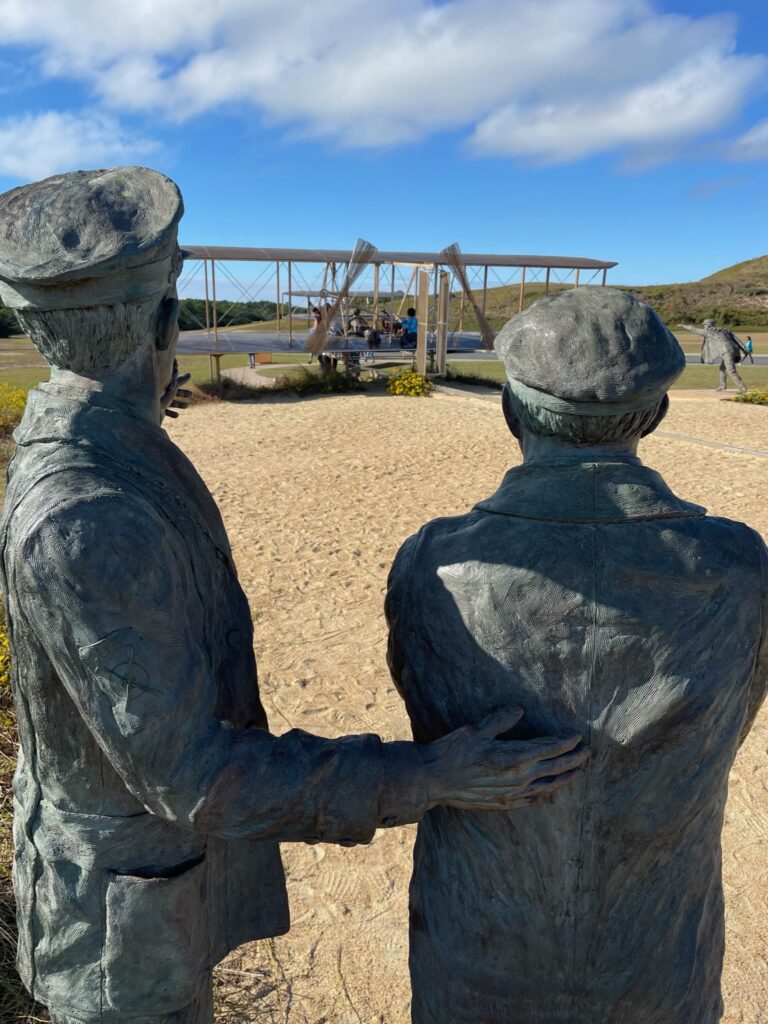
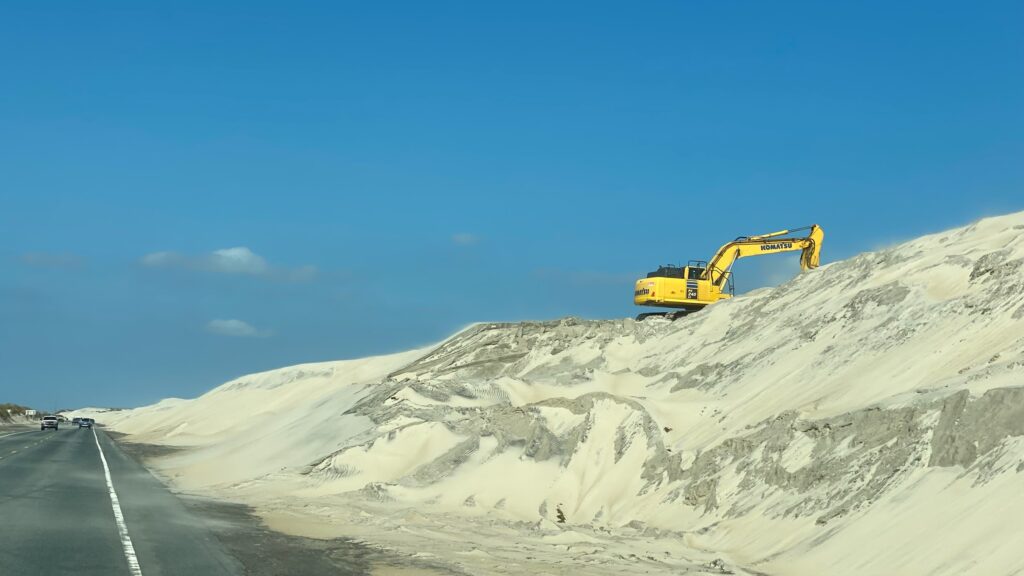
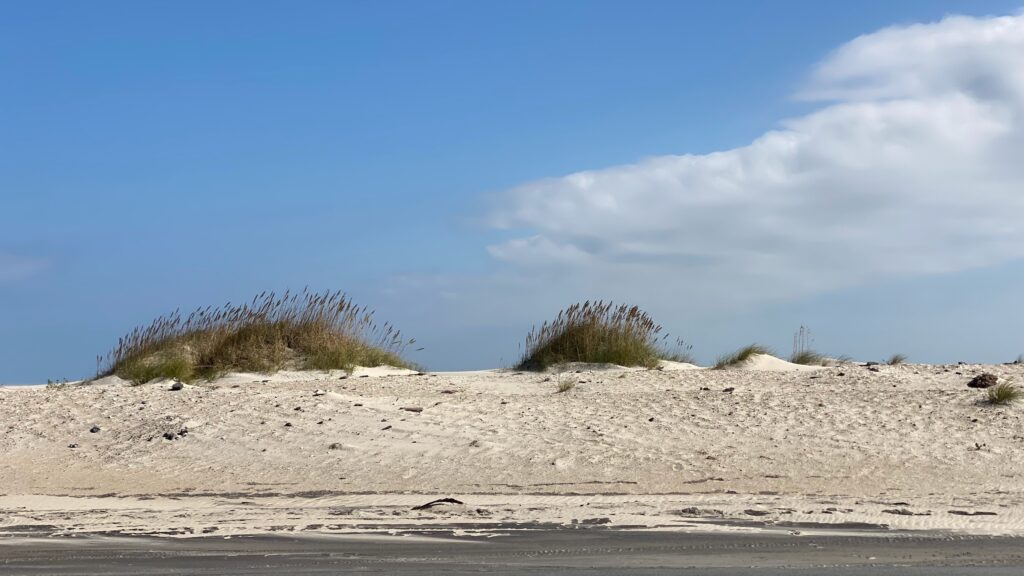
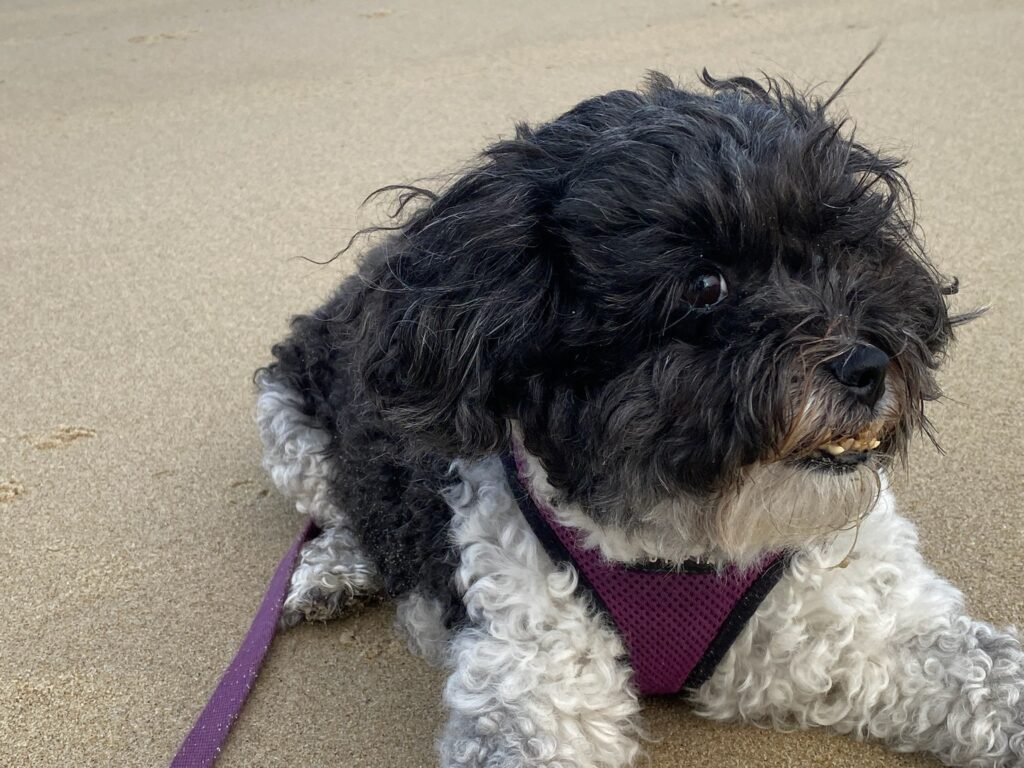
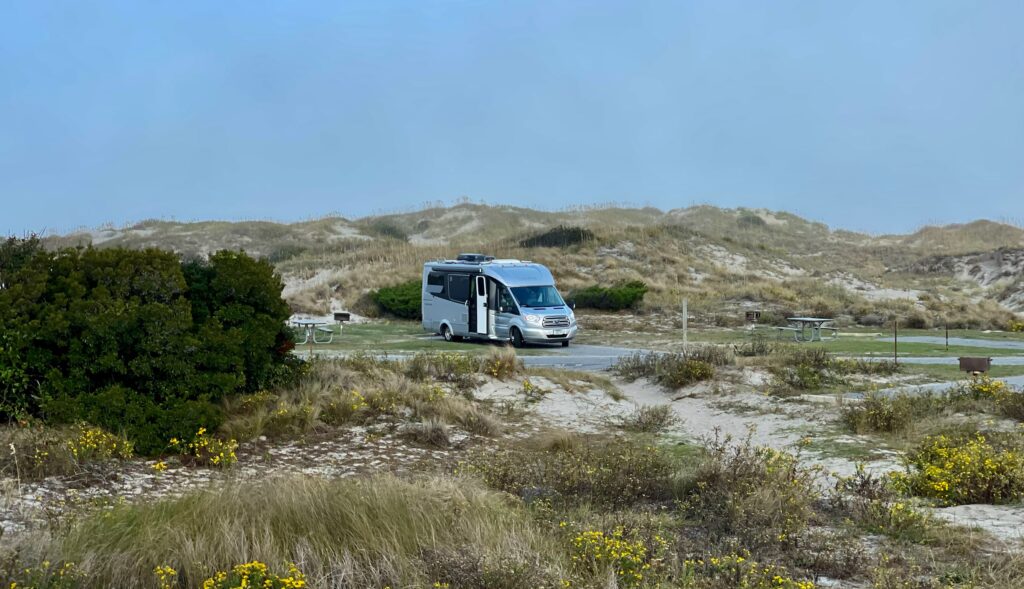
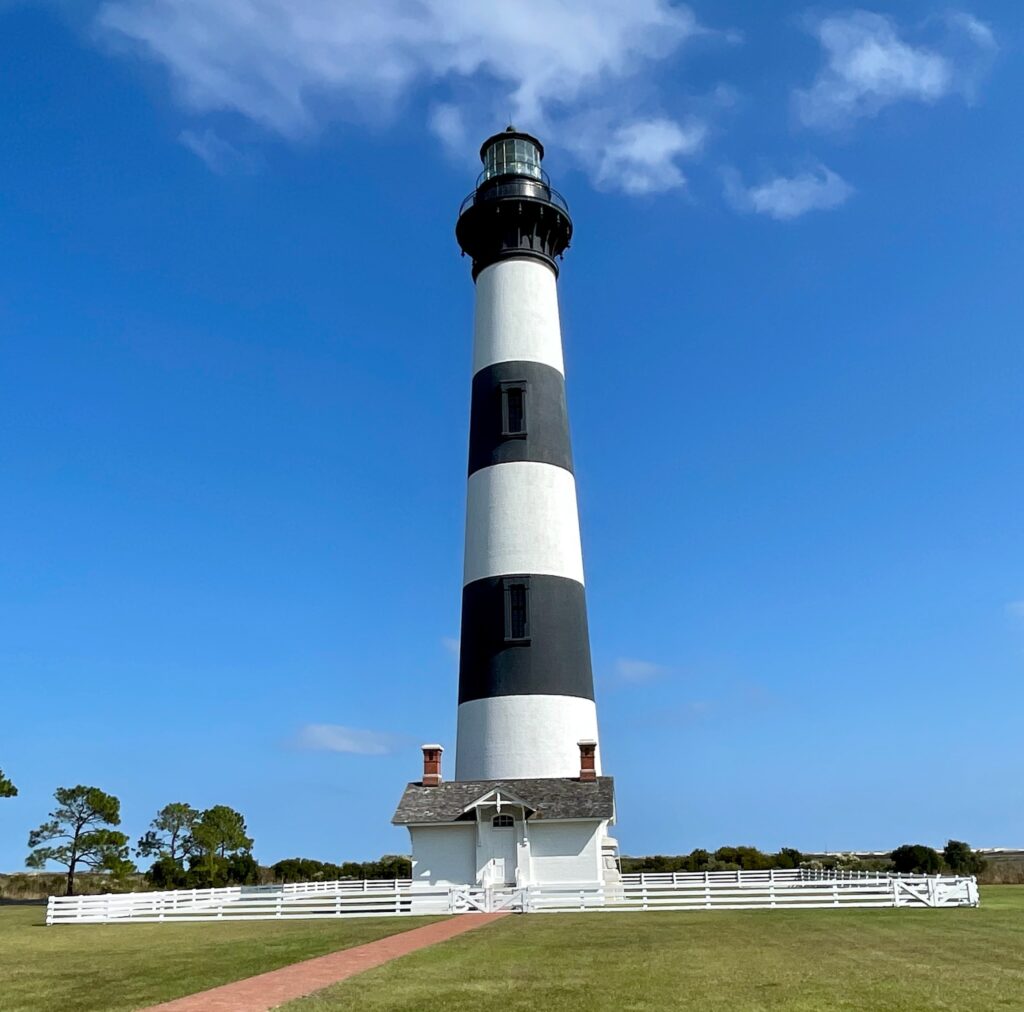
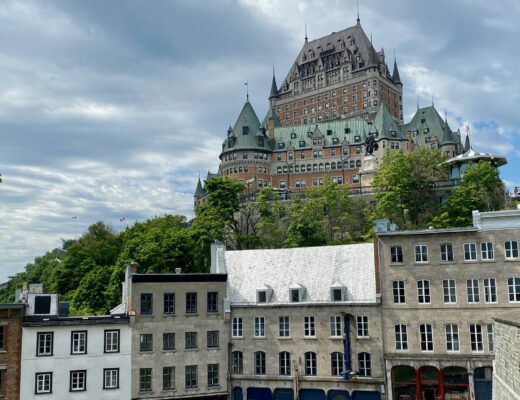
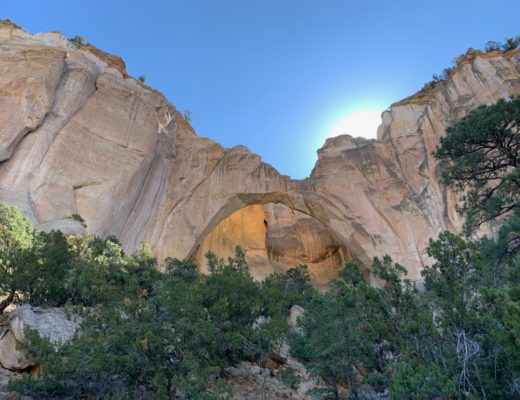
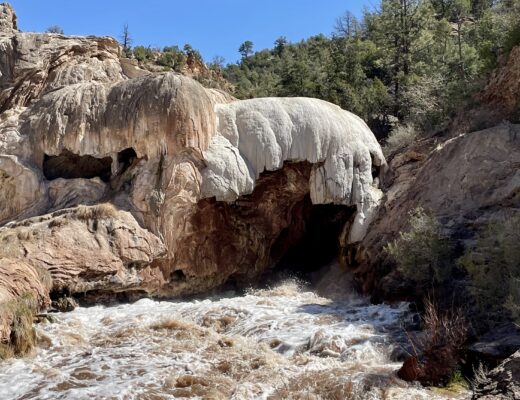
















 Did you know that the oldest and largest aviati
Did you know that the oldest and largest aviati



